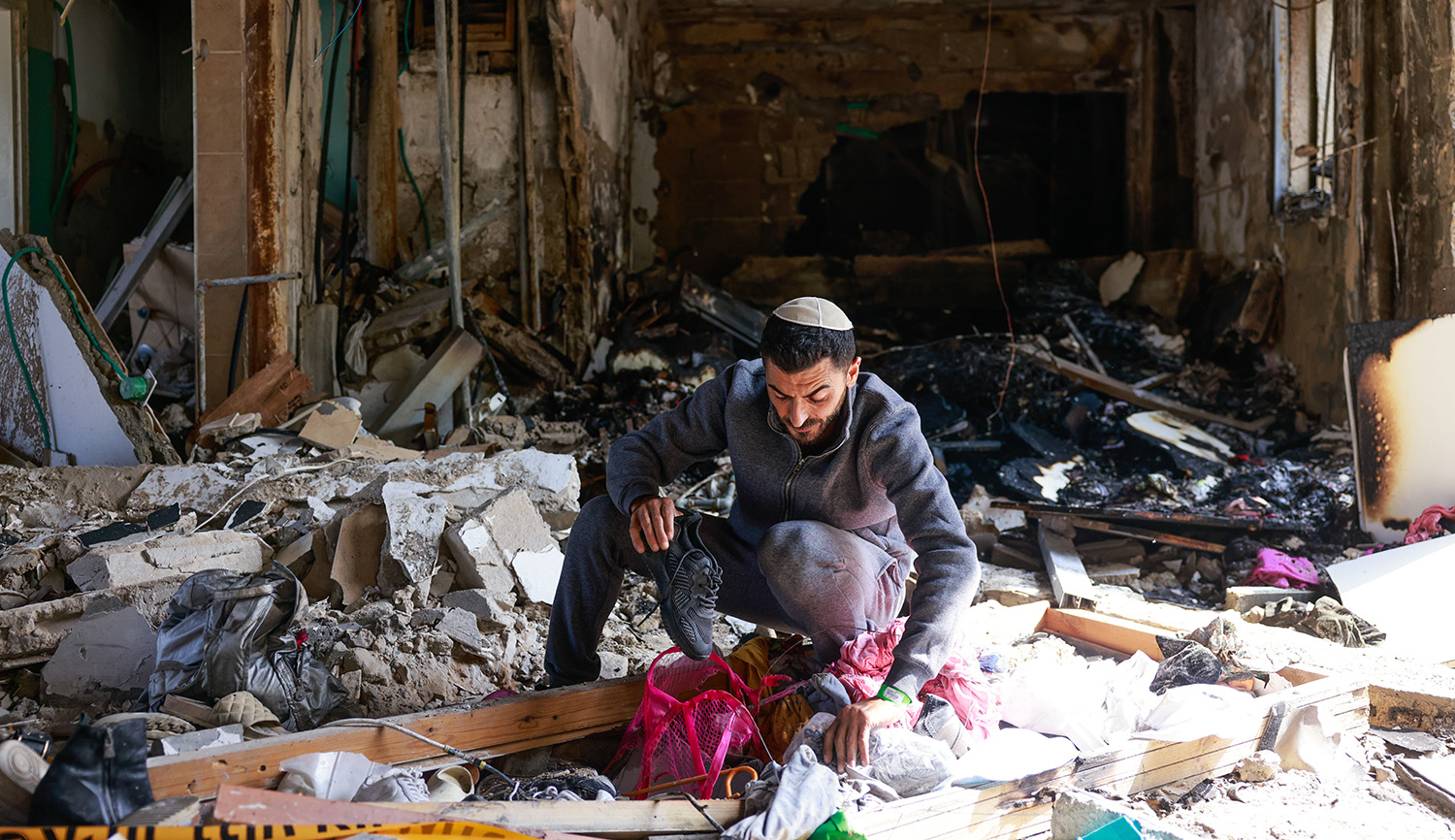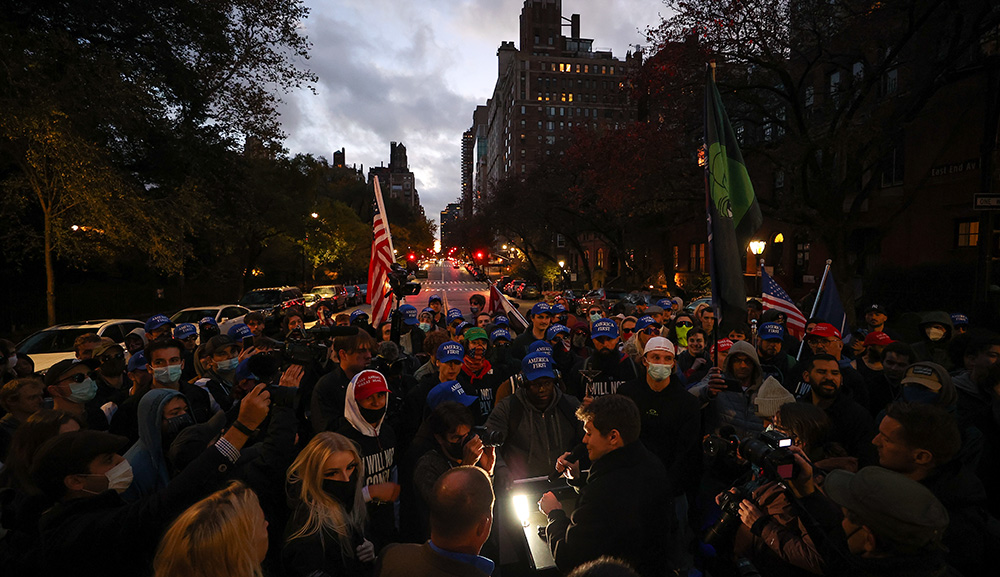While Tehran moves ever closer to building atomic weapons, its proxy forces are gaining in strength throughout the Middle East and its arsenal of sophisticated missiles and drones is growing larger and deadlier—all with the support of both Russia and China. Seth Cropsey examines this development in light of Iranian and American grand strategy, while cautioning that Israel’s chances of knocking out the Islamic Republic’s nuclear program—as it did Iraq’s in 1981 and Syria’s in 2007—are growing slimmer by the day:
Israel no longer has a great enough margin of military superiority to be able to [take aggressive action against Iran’s nuclear facilities] without serious risks. Unlike in 2013 or 2018, Iran now has offensive military capabilities. Israel has prevented Iran from fully rebuilding Hizballah, conducting a large-scale interdiction campaign against Iranian supply lines in Syria and likely working with the [Kurdish] peshmerga in Iraq. But as Russia’s war in Ukraine demonstrates, Iran’s unmanned aerial systems and loitering munitions are cheap, mobile, and effective.
Taken alongside [Iran’s] 2019 attacks on the Saudi oil installations of Abqaiq and Khurais, it is obvious that Iran can respond to any strike with large-scale strategic bombardment. Moreover, Iranian cruise and ballistic missiles can now target sites throughout the Middle East and, if deployed to Iraq or Syria, hit Western bases in Cyprus and ships throughout the Levantine basin. Iranian air defenses, while currently still porous, are improving with the development of S-300-style air defenses and, quite likely, Chinese technological support.
Iranian breakout, meanwhile, would be immensely destabilizing to the region. It would provide Iran a nuclear umbrella under which it could intensify its proxy activities. . . . The most critical impact, however, would be on Iranian prestige. As a nuclear power with links to Beijing and Moscow, Tehran would become a bona-fide international force. It would be capable of dealing as a near-peer with the other authoritarian powers on the Eurasian landmass, thereby contributing to its goal of regional Islamic revolution. The United States would thus face three major-power threats in Eurasia, not two.
But, Cropsey goes on to argue, the U.S., acting in concert with Israel, has the ability to prevent such a grim scenario.
More about: China, Iran, Iran nuclear program, Israeli Security, Russia, U.S. Foreign policy


